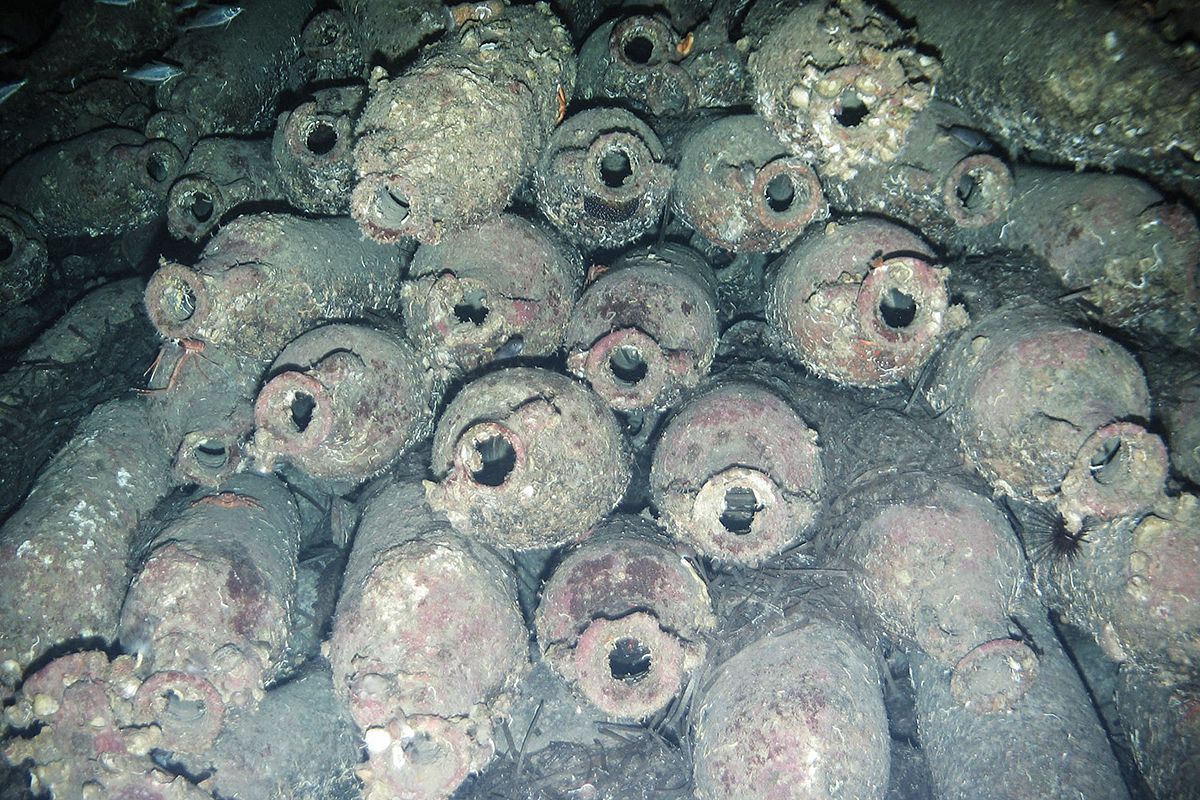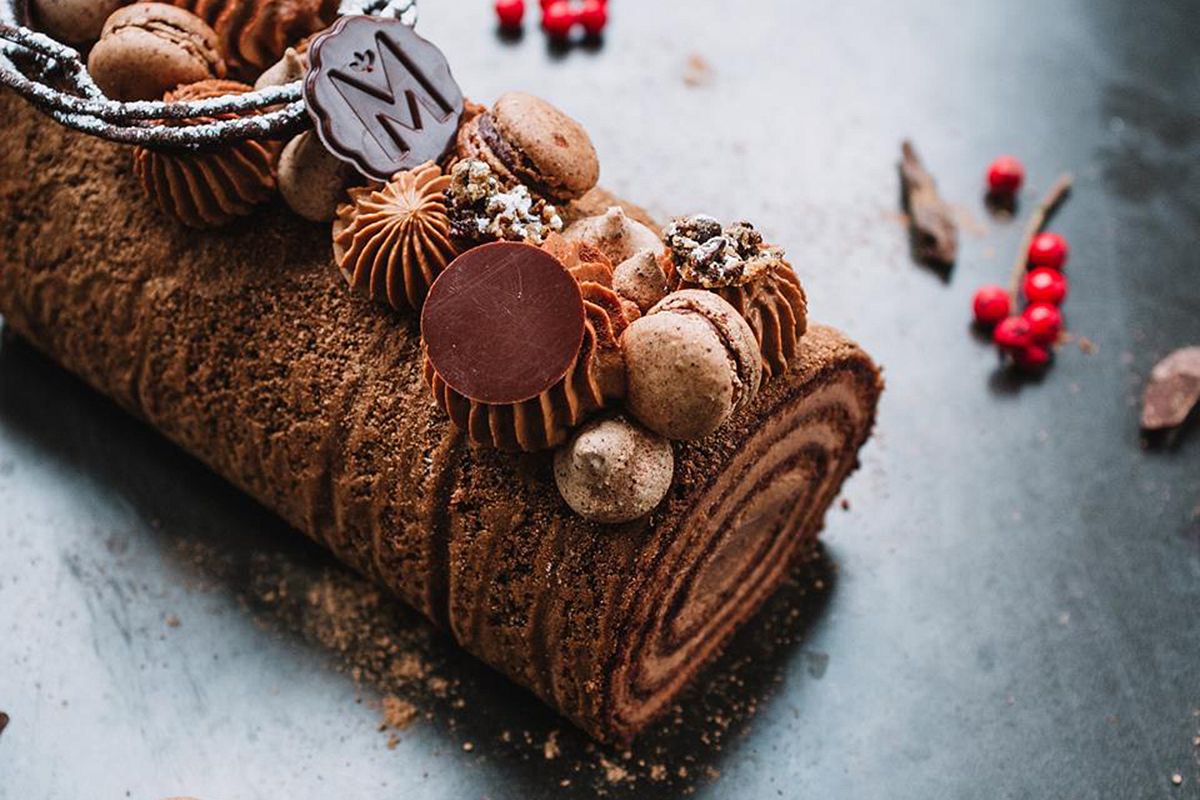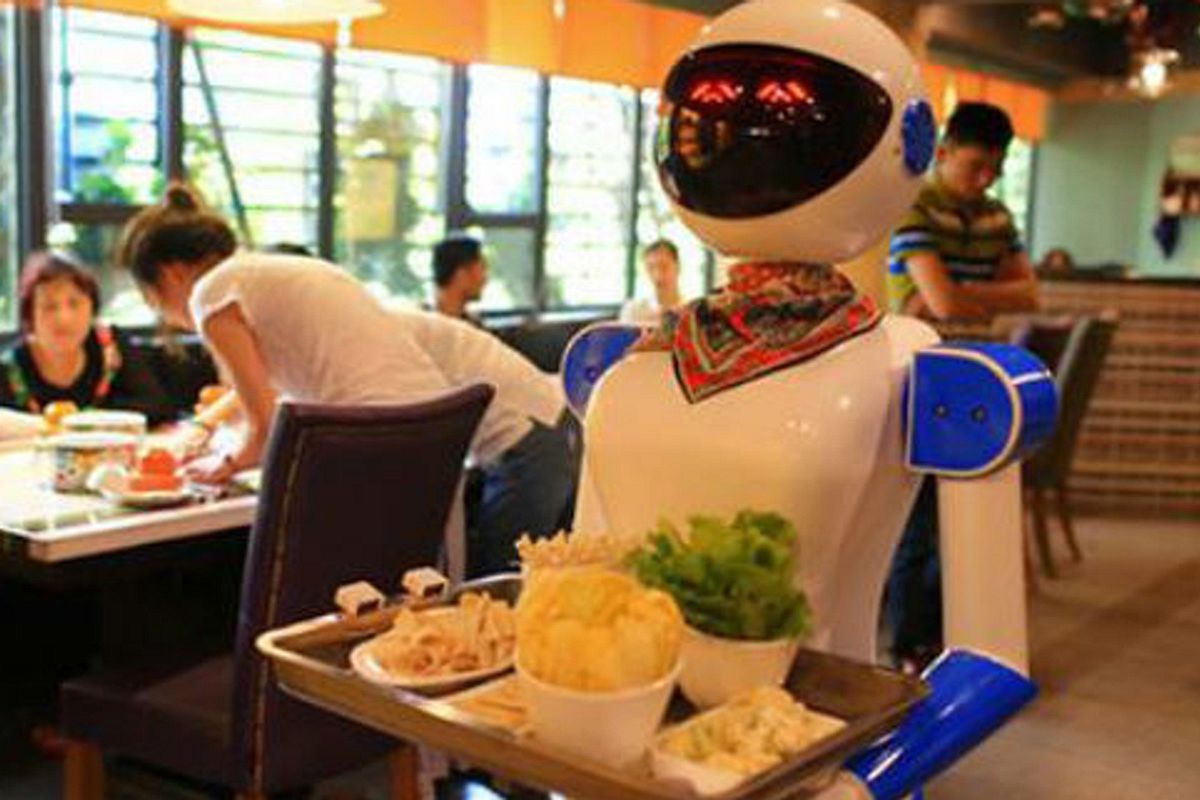“It’s bitter,” says De, a resident of Go Vap District, after taking a sip of a locally brewed India Pale Ale at Quan Ut Ut. “I’m not sure I’m ready for it,” he adds sincerely.
According to several local craft beer brewers, De’s reaction is not isolated, but generally reflective of Vietnamese tastes in beer, a reality they are actively working to transform.
In the roughly two years since the city’s first craft beer bar opened its doors, Saigoneers’ thirst for these new and different local brews has grown exponentially, spilling beyond the city limits to Hanoi, Da Nang, Hoi An and more. With Vietnam’s growing middle class, a lively beer-drinking culture and projected economic growth of 8% over the next five years, the future is looking good for Saigon’s craft breweries, provided they can keep abreast of the local market.
“The beer market is projected to grow by 20% during the next four to five years,” says Charles Guerrier, founder of SEA Brew, a regional craft beer conference which took place in Saigon for the first time earlier this month.
According to Guerrier, there are over 13 local breweries in Saigon, along with others in Da Nang and Hanoi. “There are world-class beers being brewed right here in Vietnam,” he adds.
While Saigon’s breweries are gaining international recognition, such as Pasteur Street Brewing Company’s success at the 2016 World Beer Cup and this year’s Asian Beer Cup, local Vietnamese palates are still coming around to the craft beer phenomenon.
“Craft beer in the market is something so new that you almost have to pick battles that you want to fight,” explains Loc Truong, general manager of East West Brewing Company. “You can bring someone in slowly or you can scare them away altogether.”
John Pemberton, co-owner of local brewery Heart of Darkness, takes a markedly different approach. “We don’t want to dumb down on the range of IBUs [International Bitter Units, a measurement of beer bitterness] for locals,” he explains. “Vietnamese people have very sophisticated palates. Their own food is very bright, vibrant, and flavorsome.”
The challenge, he says, is this: “People have been told forever that pilsner is the best beer in the world.”
These contrasting views raise the question: in a market like Vietnam, how do brewers compromise to cater to the local beer-drinking market? Or, better yet, do brewers have the ability to change it completely? One need only ask local brewers like Bia Craft, whose clientele is around 80% Vietnamese. Tim Scott, co-owner of Bia Craft and Quan Ut Ut, says serving a primarily Vietnamese consumer base was not realistic at the beginning, but local drinkers have since become the bar’s main customer base, especially at their District 3 location.
“No one here knew about craft beer,” he says. “We used a foreigner audience as the bridge.”
Bia Craft is by no means the only local brewery that has seen a dramatic growth in craft beer drinking by locals, although they were the first in Saigon to vie for Vietnamese beer drinkers by having menus completely in Vietnamese and offering an atmosphere closer to local nhậu joints.
“We used District 2 to get the development off the ground and get some momentum behind it with the intention of expanding into the Vietnamese market as much as we could,” Scott explains. “So even from day one, all of our beers and menus were in Vietnamese.”
For local drinkers, this introduction to craft beer has come primarily through taprooms around the city, whose owners are tasked with creating the right atmosphere for new customers. Jason Kucherawy, a partner at Saigon Craft Beer Tours, highlights the importance of these spaces.
“To have a successful beer brand in Vietnam, a tap room is essential because you can create a full sensory experience,” he explains. “You can have your beer with food while the decor and the music create this sort of adventure that is more than just about drinking beer.”
“It’s all about the experience,” explains Mischa Smith, brand ambassador at Pasteur Street Brewing Company. “People are understanding that you don’t have to drink beer to just get drunk, so you can still have a full night out with friends.”
With most mainstream local beers like Saigon, 333, Tiger and LaRue hovering around a 4-5% alcohol content, there is often a tendency among local drinkers to choose the beers that are most expensive or have the highest alcohol content.
There can, however, be a hidden benefit to the practice: after drinking several beers with a high alcohol content, these same drinkers eventually begin to ask for beers they originally found too bitter, such as IPAs.
Pasteur Street’s Smith noticed this trend in the beginning but has since seen it taper off as local drinkers look toward lighter brews. “When we first opened, people tended to gravitate towards the higher alcohol beers, naturally, because craft beer comes at a higher price point from local beers already so people thought more alcohol, then ‘I’m getting my money’s worth. I can justify a higher price point if the beer is 8% or 12%’.”
He adds: “As the market has matured, we’ve noticed less of a focus on those really high alcohol beers and more of a lighter, sessional beer. People are beginning to find their own palates.”
With local ingredients, catchy beer names and a lively Vietnamese-style drinking atmosphere, local craft brewers have not only positioned Vietnam within the international craft brewing scene but are also helping to define this phenomenon in Saigon.














